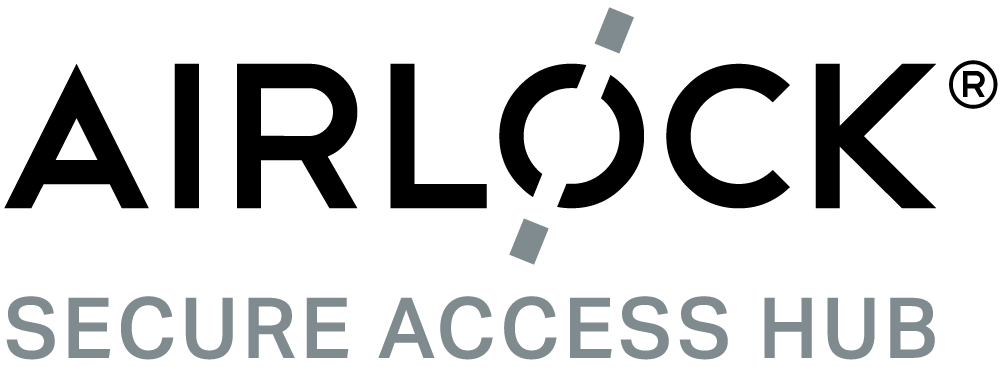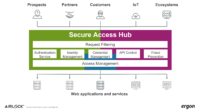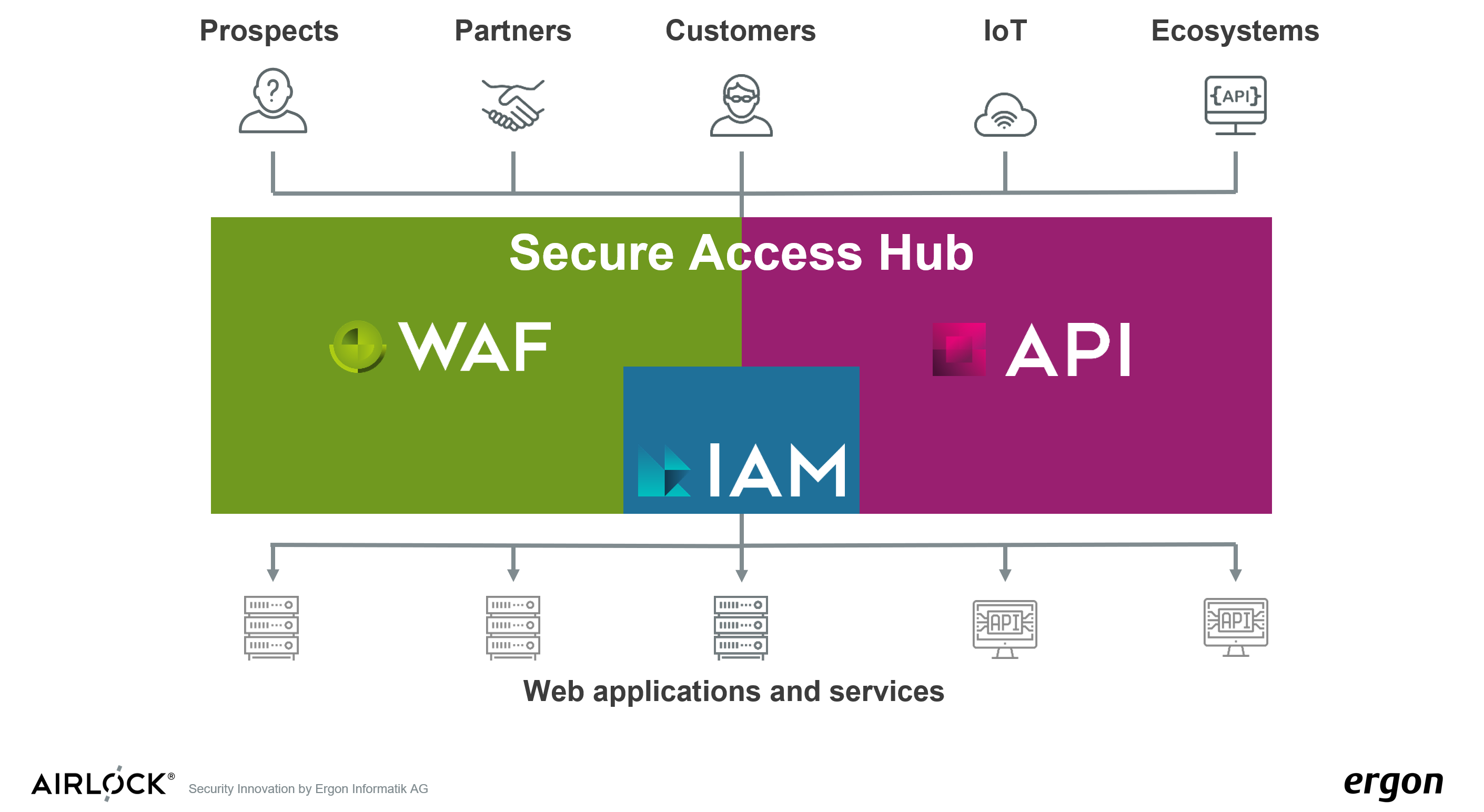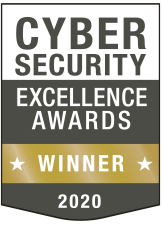Photo Gallery

|


|
Airlock - a security innovation by Ergon Informatik AG



Additional Info
| Company | Ergon Informatik AG |
| Company size | 100 - 499 employees |
| Website | https://www.airlock.com |
NOMINATION HIGHLIGHTS
The Airlock Secure Access Hub combines filtering and authentication in a coordinated overall solution that sets standards in terms of usability and services.
The Airlock WAF (Web Application Firewall) reliably protects Internet applications with systematic control and filtering mechanisms and a wide range of extension options.
In combination with Airlock WAF, the Airlock API Security Gateway enables the secure operation of APIs. These can be mobile apps, APIs, modern SPAs (Single-Page Applications) or legacy web applications.
Airlock IAM is the central authentication platform with enterprise functions. It enables reliable authentication and authorization of users. Airlock IAM not only stands for optimal security, but also for high usability and cost efficiency. Customers, partners or employees can gain secure access to data and applications with a single, if necessary strong login and manage their data and declarations of consent themselves via comprehensive user self-services.
The security product Airlock has been on the market since 2002 and is now used by over 550 customers worldwide. Airlock protects more than 30 thousand applications and 15 million identities worldwide with an NPS of +53. Airlock is part of Ergon Informatik AG, founded in 1984, and is a leader in developing individual software solutions and products.
How we are different
Airlock offers a unique and convincing combination of filtering, authentication and authorization. What's more, an array of intelligent features guarantee high usability during day-to-day operation
– backed up by strong authentication, single sign-on, identity federation and user self-services.
- combines customer IAM with application and API security
- protects digitalization with upstream application security and highest level while keeping user experience high with adaptive authentication, step-up strong authentication, user self-services, single sign-on, distributed password verification, etc.


